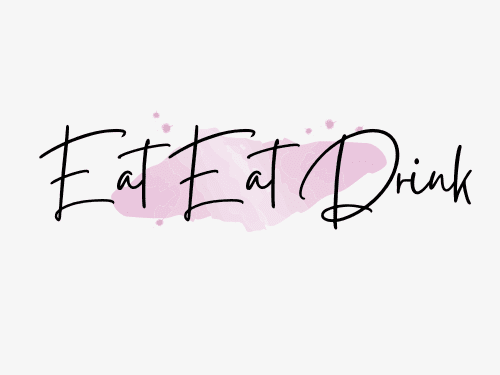Can you put Baby Food in a Feeding Tube?
Feeding tubes are a common medical device used to provide nutrition and hydration to individuals who cannot consume food or liquids orally. For infants and young children who require a feeding tube, their caregivers may wonder if baby food can be used as a source of nutrition.
In this article, we will explore the safety considerations and practical steps involved in using baby food in feeding tubes, as well as the benefits and potential risks. We will also address common questions and concerns and provide final thoughts on this topic.

Using Baby Food in Feeding Tubes
Safety considerations when using baby food in feeding tubes It is important to consider safety when using baby food in feeding tubes. Firstly, only baby food that is suitable for the age and nutritional needs of the child should be used.
Secondly, the texture of the baby food should be appropriate for the type of feeding tube being used.
Types of baby food suitable for feeding tubes
Not all types of baby food are suitable for feeding tubes. Pureed baby food is generally the best option as it has a smooth texture that can easily pass through the feeding tube. Commercially available baby food jars or pouches are convenient options, as they are already pureed and come in a variety of flavors. Alternatively, homemade baby food can be made by blending cooked fruits, vegetables, and meats in a food processor or blender.
How to prepare baby food for use in feeding tubes
When preparing baby food for use in a feeding tube, it is important to ensure that it is thoroughly pureed and free of lumps or chunks. The baby food should be warmed to room temperature or body temperature before being administered through the feeding tube. The caregiver should follow the instructions provided by their healthcare provider or a registered dietitian when preparing and administering the baby food.

Benefits and Risks of Using Baby Food in Feeding Tubes
Now let’s look at some potential benefits and risks of using baby food in a feeding tube like a NG or G Tube.
Advantages of using baby food in feeding tubes
Using baby food in feeding tubes can provide a variety of flavors and nutrients for infants and young children who require a feeding tube. Baby food is also convenient and readily available, making it a simple option for caregivers.
Potential risks and complications of using baby food in feeding tubes
There are potential risks and complications associated with using baby food in feeding tubes. These include clogging of the feeding tube, infection, and allergic reactions. It is important to follow safety guidelines and consult with a healthcare provider before using baby food in a feeding tube.
Considerations for caregivers and medical professionals
When using baby food in feeding tubes Caregivers and medical professionals should consider the nutritional needs and health status of the child when using baby food in a feeding tube. It is important to monitor the child’s weight, hydration, and bowel movements to ensure that they are receiving adequate nutrition and hydration.
Frequently Asked Questions
Common questions and concerns about using baby food in feeding tubes:
Can I use any type of baby food in a feeding tube?
Only baby food that is suitable for the age and nutritional needs of the child should be used in a feeding tube.
How do I know if the baby food is pureed enough for use in a feeding tube?
The baby food should be thoroughly pureed and free of lumps or chunks. A food processor or blender can be used to ensure a smooth consistency.
Can I make my own baby food for use in a feeding tube?
Homemade baby food can be made by blending cooked fruits, vegetables, and meats in a food processor or blender. It will need to be strained and thinned so the texture will work in a feeding tube.

Final Thoughts
In conclusion, using baby food in a feeding tube can be a safe and convenient option for infants and young children who require a feeding tube. However, safety considerations and proper preparation are essential to ensure that the child receives adequate nutrition and hydration.






